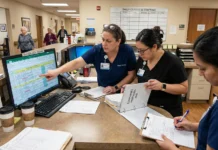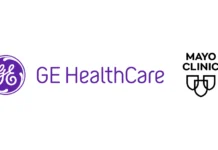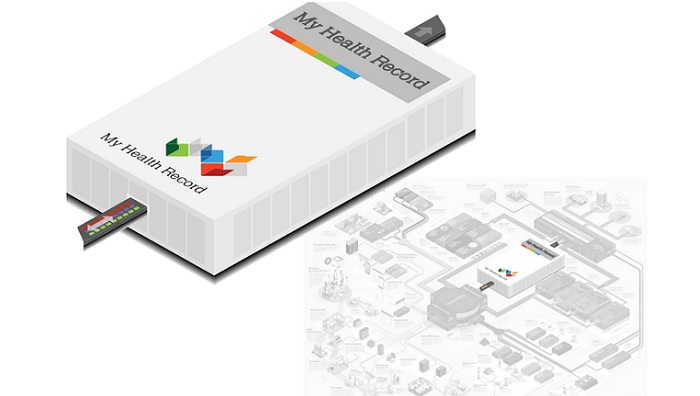The Australian Digital Health Agency (ADHA) has kicked off a program aimed at modernising the national digital health infrastructure, aiming to better connect Australia’s healthcare system and deliver improvements in the quality and efficiency of healthcare.
The National Infrastructure Modernisation (NIM) program is centred on what a digital health ecosystem could be over the next decade, ADHA said. It sits alongside Australia’s National Digital Health Strategy, published in August 2017, and the connections between state and territory government services.
ADHA hopes the program will deliver three outcomes for Australian healthcare providers and patients: A secure and sustainable digital infrastructure with improved ability to innovate and expand future capabilities and services nationally; ensure that digital health needs for all users are further progressed through a modern, future-proofed seamless digital platform; and ensure that the benefits of digital health technologies and services supported by the national infrastructure are realised for consumers and clinicians, leading to improved health and wellbeing for all Australians.
“2020 has demonstrated the tangible benefits of a better connected healthcare system,” ADHA CEO Amanda Cattermole said.
“In addition to the benefits from telehealth and electronic prescriptions, healthcare providers are in increasing numbers using My Health Record as a safe and secure way to upload and access documents to support patient care. The modernisation of the national digital health infrastructure will provide the framework for future innovation.”
The current state of the national digital health “ecosystem” comprises a number of clinical systems with numerous connections to other systems and a variety of interface styles and authentication credentials.
ADHA, in a request for tender (RFT), said the technical complexity of the systems currently in use creates an administrative and financial burden on healthcare organisations. Additionally, while national provider and consumer portals connect to the My Health Record System, they can only view data stored in the government’s contentious digital medical file.
The new ecosystem concept for the NIM project consists of healthcare recipients and carers, healthcare providers, researchers, clinical information systems, government health and financial services, health information intermediaries, healthcare applications, artificial intelligence and machine learning services, and information analytics.
In the RFT, ADHA said at the core of this ecosystem is the My Health Record System and the Health API Gateway.
“The ecosystem concept will support the interconnection of information systems outside of the current My Health Record System boundary such as national repositories and data exchanges,” it wrote.
“The ecosystem concept will be underpinned by robust cybersecurity and trust frameworks. The ecosystem will adopt the most appropriate security and privacy-preserving technologies to address security and privacy risks in different trust domains.”


















